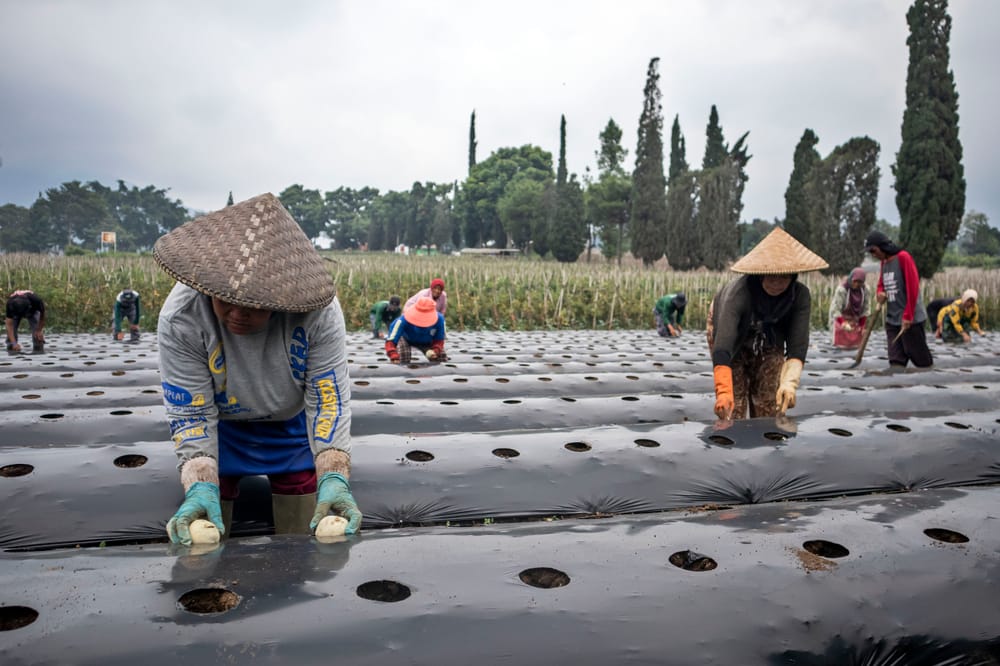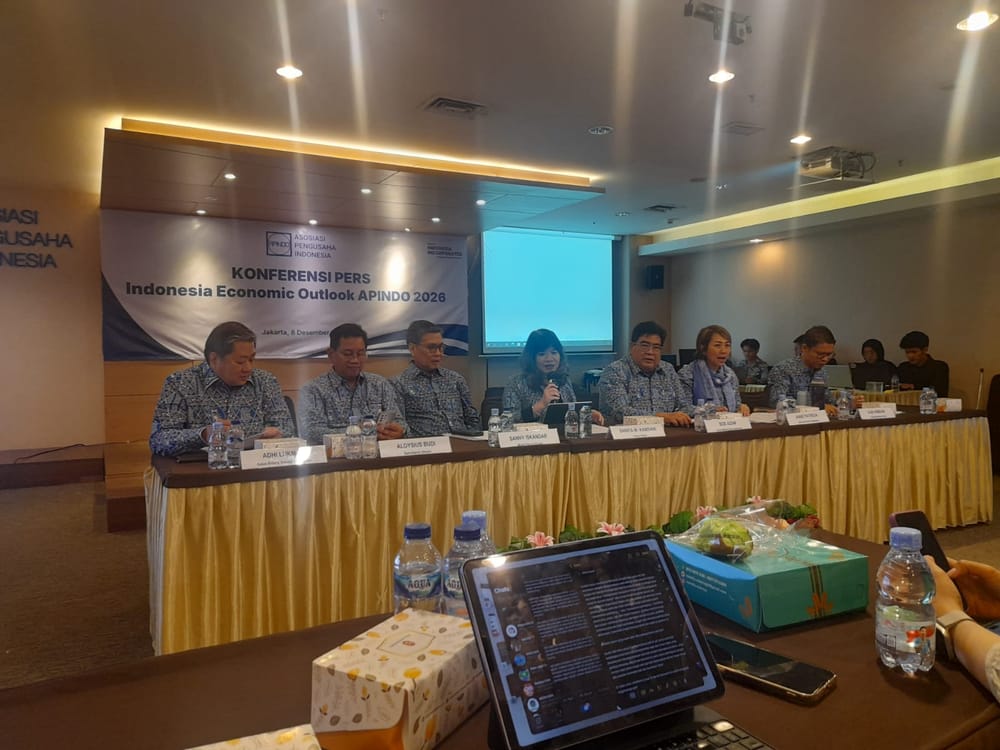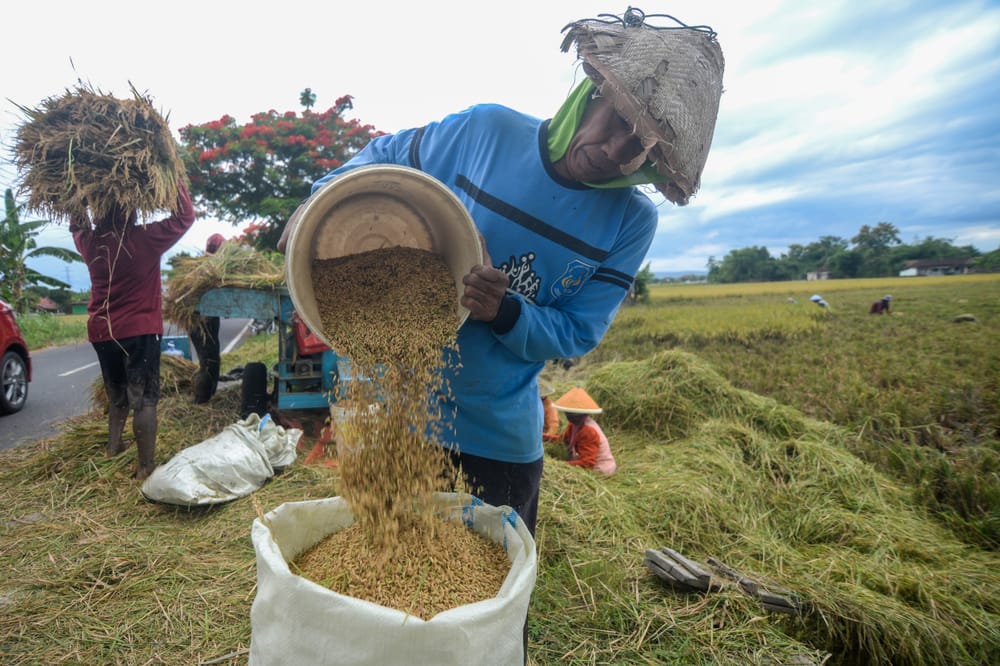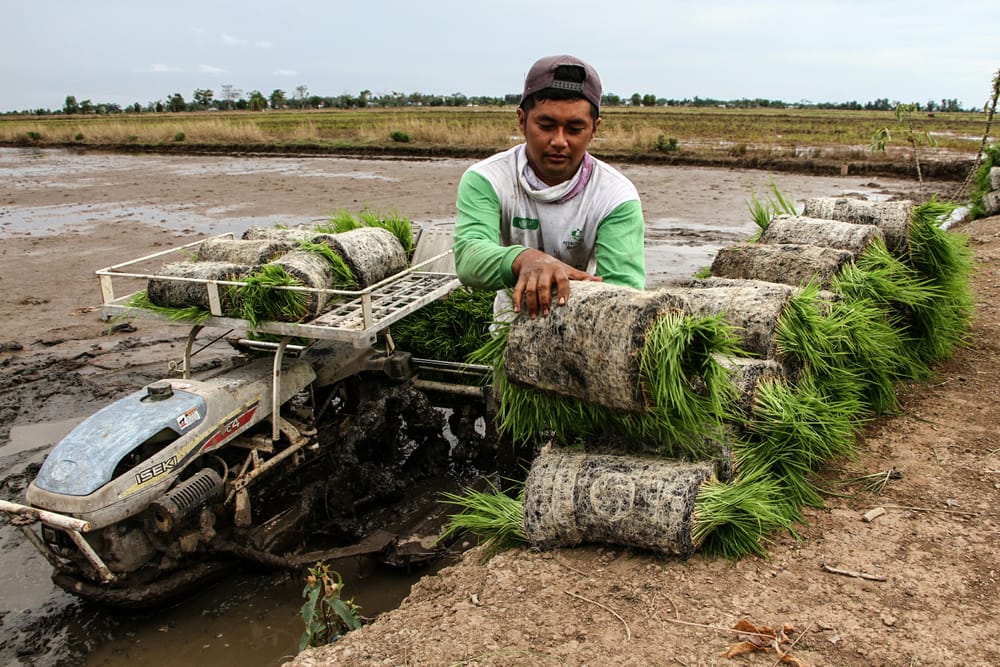The increasingly high price of rice amidst the rampant issue of rice mixing has caused concern among traders and entrepreneurs.
This is because the government's efforts to intensify law enforcement on rice trade from mixing to hoarding are feared to cause misunderstandings between stockpiled rice and running stock.
The Chairman of the Indonesian Rice Milling Association (Perpadi), Sutarto Alimoeso, said that a number of rice entrepreneurs are now experiencing difficulties and have decided to stop rice milling.
"Concerns about inspections of mixed rice also add to the doubts of entrepreneurs (to operate) because they risk being questioned in a situation where production prices are not balanced with selling prices," Sutarto told SUAR in Jakarta, Wednesday (14/8).
The price of rice in Indonesia continues to creep up, reaching the highest level in history.
Based on data from the National Food Agency (Bapanas), the price of premium rice has now reached Rp 15,622 per kilogram, while medium rice has reached Rp 13,860 per kilogram.
These prices have exceeded the highest retail price (HET) set by the government, which is Rp 14,900 per kilogram for premium rice and Rp 12,500 per kilogram for medium rice.
Sutarto explained that the non-operation of some rice mills in Indonesia is very complex and not caused by a single factor.
Some of the contributing factors include the imbalance between production capacity and raw material availability, as well as concerns among entrepreneurs regarding regulations and market competition.
"Actually, if a rice mill is not operating, it's not just for one reason. One of them is because the number of rice mills in Indonesia currently reaches more than 169,000 units, while the availability of unhusked rice is far below the installed capacity," he said.
He added that the available unhusked rice is only around 54 million tons of milled dry unhusked rice (GKG), or far below the available milling production capacity, which is more than 200 million tons.
According to him, this condition naturally triggers another factor, namely, intense competition, which causes some rice mills to be unable to operate optimally.
"With that situation, there will definitely be competition. That competition will happen at some point, and there will definitely be some that don't operate," he said.
Sutarto also outlined another problem arising from price policies. He explained that the increase in the government purchase price (HPP) of unhusked rice to Rp 6,500 per kilogram was not matched by an increase in the highest retail price (HET) of rice. This creates a dilemma for entrepreneurs, especially small-scale ones.
"But the highest retail price (HET) did not increase. This is a dilemma for entrepreneurs, especially the small ones, who will definitely not be able to produce at prices above Rp 6,500," he said.
Review the HET
Sutarto offered a number of solutions that could be taken by the government and business actors.
First, the government needs to immediately review the HET. Second, he asked the government not to add market pressure by buying unhusked rice or rice when production is low, such as in June, July and August.
From the business side, he reminded them not to commit fraud. According to him, one act of fraud can have a bad impact on the entire rice milling ecosystem.
"If one (entrepreneur) commits fraud, it will affect other rice mills, and then problems will occur. So the impact is not only on consumers, but also on other rice mills," he said.
For a long-term solution, he emphasized the importance of collaboration and synergy. He suggested that rice mills establish cooperation with local farmers.
"It's time for rice mills to make good planning, which is to cooperate with farmers. That way, unhusked rice can be sold directly from farmers to local rice mills, without going through intermediaries, which will create efficiency," he said.
Sutarto also emphasized the importance of cooperation between small rice mills and those with medium and large capacities. He emphasized that small rice mills should not be shut down. On the contrary, they must be aligned with the medium and large ones.
"During the big harvest, small rice mills can produce brown rice or rice whose quality is still below standard, and then supply it to medium and large rice mills," he explained.
Thus, medium and large rice mills will play a role in final processing and distribution between islands or regions. This collaboration creates a fair distribution of profits, according to Sutarto.
"So, we hope that unhusked rice doesn't need to move between regions. It is enough to be dried, processed on-site, go to small rice mills, then go to large rice mills to be distributed to other regions," he explained.
With this initiative, he hopes that unhusked rice will no longer need to move between regions, so that it can create a more comfortable and stable rice industry ecosystem for all parties, from farmers, mills, distributors, to consumers.
Meanwhile, the Chairman of the Indonesian Seed Bank and Agricultural Technology Association (AB2TI), Dwi Andreas, also highlighted the pressure faced by rice mill entrepreneurs due to government intervention in unhusked rice prices.
According to him, the increase in the government purchase price (HPP) is not proportional to the highest retail price (HET) set.
"In fact, on the big issue side, the price of unhusked rice was raised from IDR 6,000 to IDR 6,500. But this was not followed by an increase in HET, which of course is very burdensome for milling. Because for IDR 6,500 unhusked rice alone, the production cost per kilogram of medium rice is already IDR 13,808," he told SUAR (14/8/2025).
Dwi Andreas proposed a concrete solution to overcome this problem, namely by increasing the HET for rice. However, he suggested that the HET should only apply to medium rice consumed by the general public. Meanwhile, for premium rice, he suggested that the price be left to market mechanisms.
"If the government wants to protect consumers, regulating the HET for medium rice is enough, because premium rice consumers are a specific group and the number is not too large. So, the market mechanism will run by itself and will actually improve without intervention," he said.
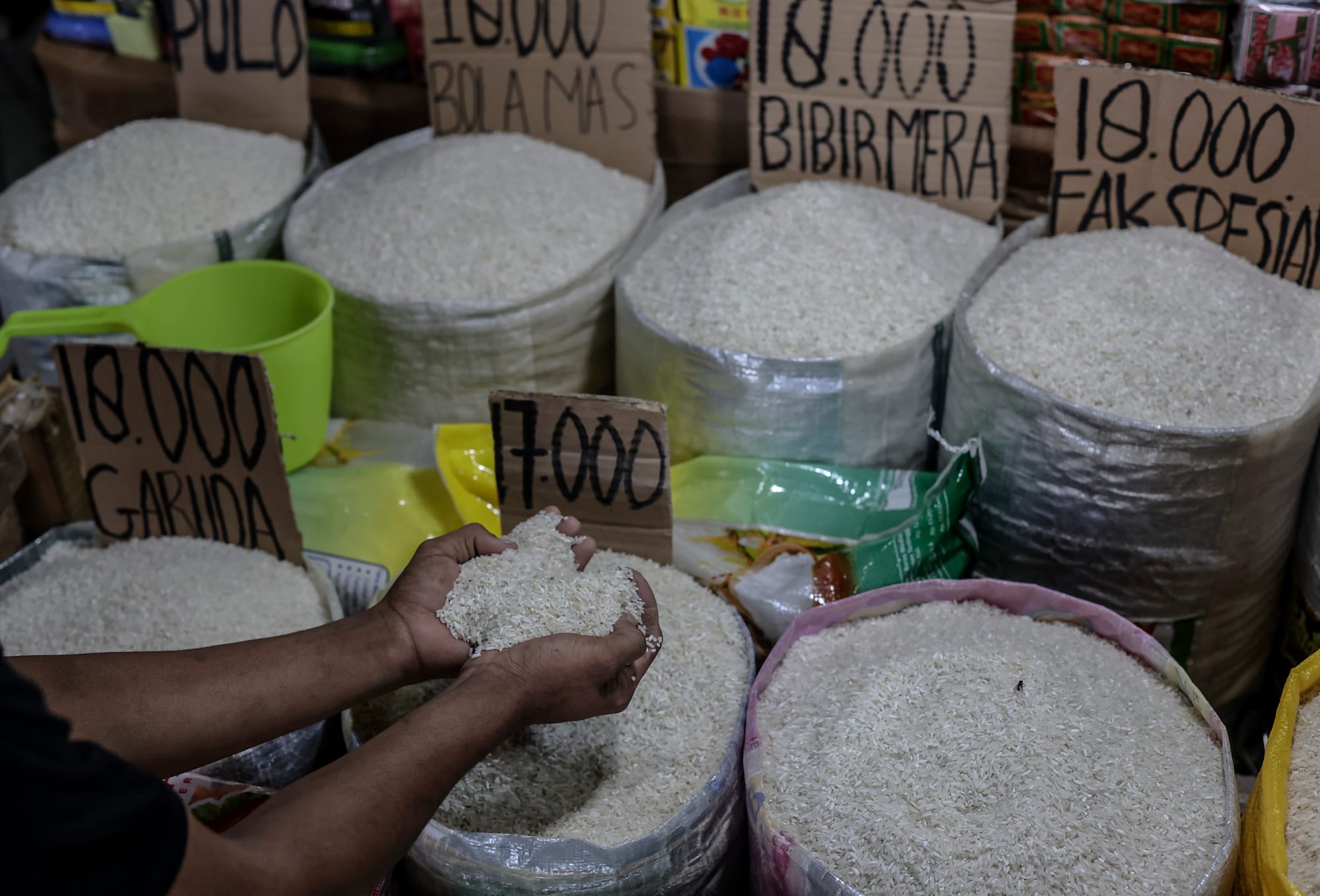
No need to worry
Responding to this, the Head of the National Food Agency (Bapanas), Arief Prasetyo Adi, ensured that the government had taken concrete steps to maintain stability and that rice mill entrepreneurs need not worry as long as they comply with the applicable regulations.
"There is no need to worry about activities in the rice business as long as they (business people) all follow the rules. If it is premium rice, then the broken content must not exceed 15%. In addition, the packaging weight must match what is stated," he told SUAR (14/8/2025).
The Head of Bapanas also emphasized that the government would not tolerate fraudulent practices, such as deceiving consumers by selling medium rice in premium packaging. "If there are business people who commit fraud, yes, we have to enforce it, we have to straighten it out," he said.
He appealed to traders not to withdraw rice from the shelves, but to adjust prices to the quality of the rice in it, as a form of protection for consumers.
Previously, the government planned to revise the policy on quality to the highest retail price (HET) of rice. This revision will eliminate the provisions for two qualities of premium and medium rice, so that it becomes one standard and one HET.
However, Dwi Andreas rejected the proposal to abolish the classification of medium and premium rice. According to him, this policy is a big mistake because it denies the technological developments in the rice industry.
"Because it denies the technological developments that exist today. If the classification of rice is abolished, it will hinder producers' efforts to improve the quality of rice and reduce loss or damage," he explained.
He explained that technology such as color sorter plays an important role in separating rice based on color and size, thus producing high-quality rice with a longer shelf life.
In closing, Dwi Andreas emphasized that the government must choose whether to protect farmers by raising the price of unhusked rice, or protect consumers by keeping the price of rice low.



